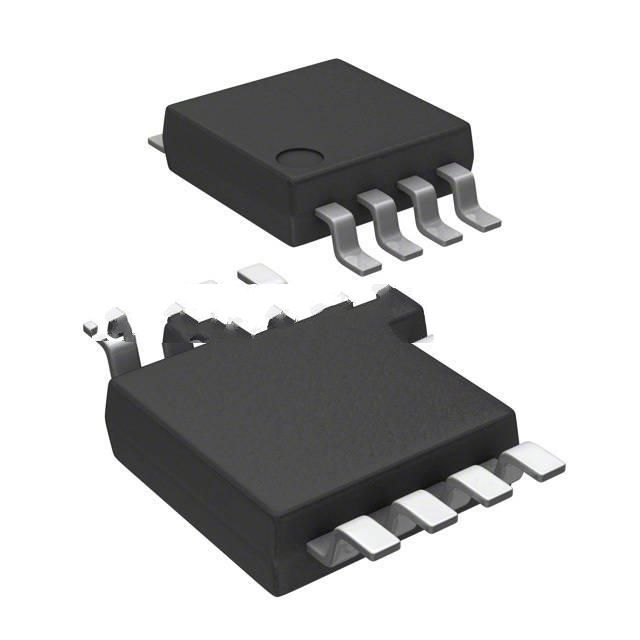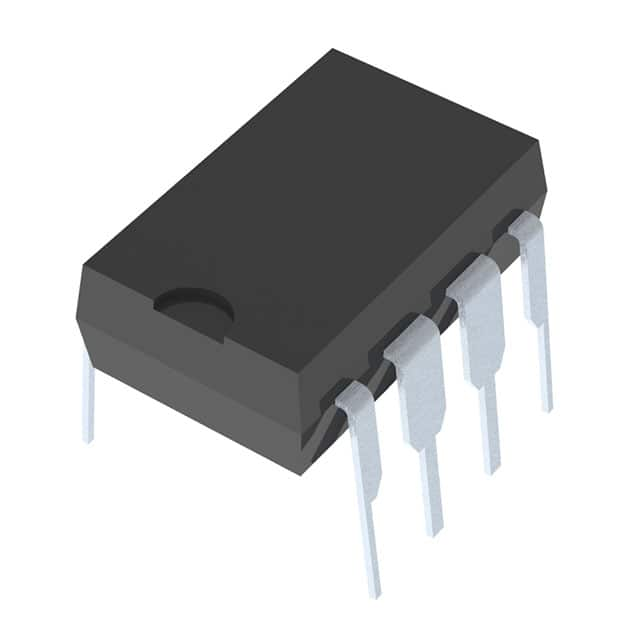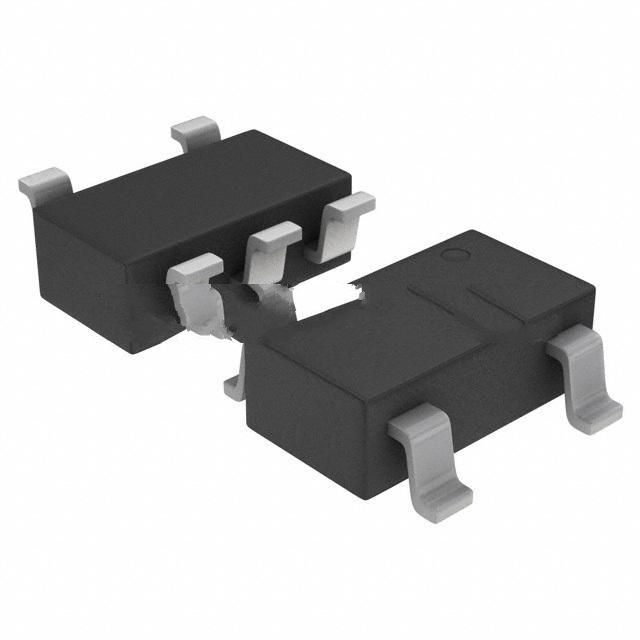ON Semiconductor NCP300LSN45T1
- NCP300LSN45T1
- ON Semiconductor
- IC SUPERVISOR 1 CHANNEL 5TSOP
- PMIC - Supervisors
- NCP300LSN45T1 Datasheet
- SOT-23-5 Thin, TSOT-23-5
- Bulk
-
 Lead free / RoHS Compliant
Lead free / RoHS Compliant - 4810
- Spot Inventory / Athorized Dstributor / Factory Excess Stock
- 1 year quality assurance 》
- Click to get rates
| Part Number NCP300LSN45T1 |
| Category PMIC - Supervisors |
| Manufacturer ON Semiconductor |
| Description IC SUPERVISOR 1 CHANNEL 5TSOP |
| Package Bulk |
| Series - |
| Type Simple Reset/Power-On Reset |
| Operating Temperature -40°C ~ 125°C (TA) |
| Mounting Type Surface Mount |
| Package / Case SOT-23-5 Thin, TSOT-23-5 |
| Supplier Device Package 5-TSOP |
| Number of Voltages Monitored 1 |
| Output Push-Pull, Totem Pole |
| Reset Active Low |
| Reset Timeout - |
| Voltage - Threshold 4.5V |
| Package_case SOT-23-5 Thin, TSOT-23-5 |
NCP300LSN45T1 Guarantees



• Prompt Responsiveness
• Guaranteed Quality
• Global Access
• Competitive Market Price
• One-Stop support services of supply chain
Jinftry, Your most trustworthy component supplier, welcome to send us the inquiry, thank you!
Do you have any questions about NCP300LSN45T1 ?
Feel free to contact us:
+86-755-82518276
+8615019224070, annies65, +8615118125813
568248857, 827259012, 316249462
+8615019224070, +8615118118839, +8615118125813
( Email first will be appreciative )
Customer reviews
ON Semiconductor

ON Semiconductor is driving energy efficient innovations, empowering customers to reduce global energy use. The company is a leading supplier of semiconductor-based solutions, offering a comprehensive portfolio of energy efficient power management, analog, ...

MC34164P-003
IC SUPERVISOR 1 CHANNEL TO92-3

MC34164D-5R2
IC SUPERVISOR 1 CHANNEL TO92-3

MC34161DR2
IC SUPERVISOR 1 CHANNEL TO92-3

MC34161DMR2
IC SUPERVISOR 1 CHANNEL TO92-3

MC34160DWR2
IC SUPERVISOR 1 CHANNEL TO92-3

MC33161DMR2
IC SUPERVISOR 1 CHANNEL TO92-3

MC33160DWR2
IC SUPERVISOR 1 CHANNEL TO92-3

MC33161P
IC SUPERVISOR 1 CHANNEL TO92-3


















